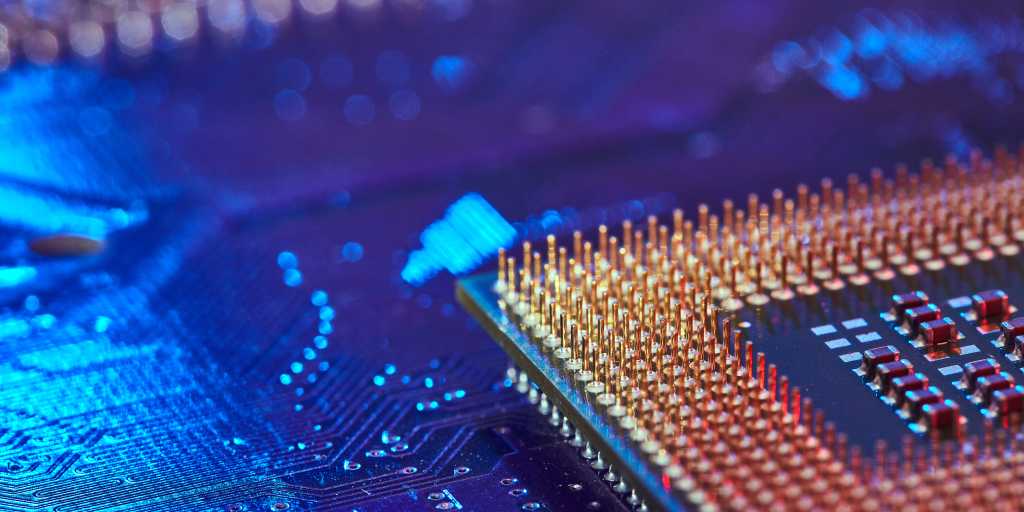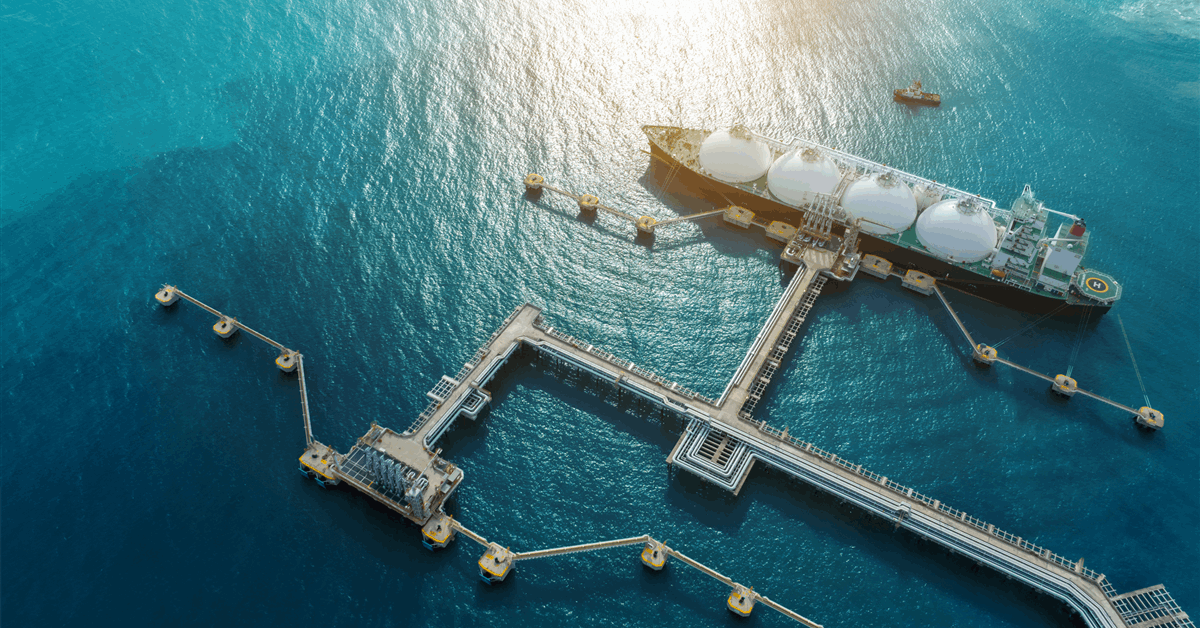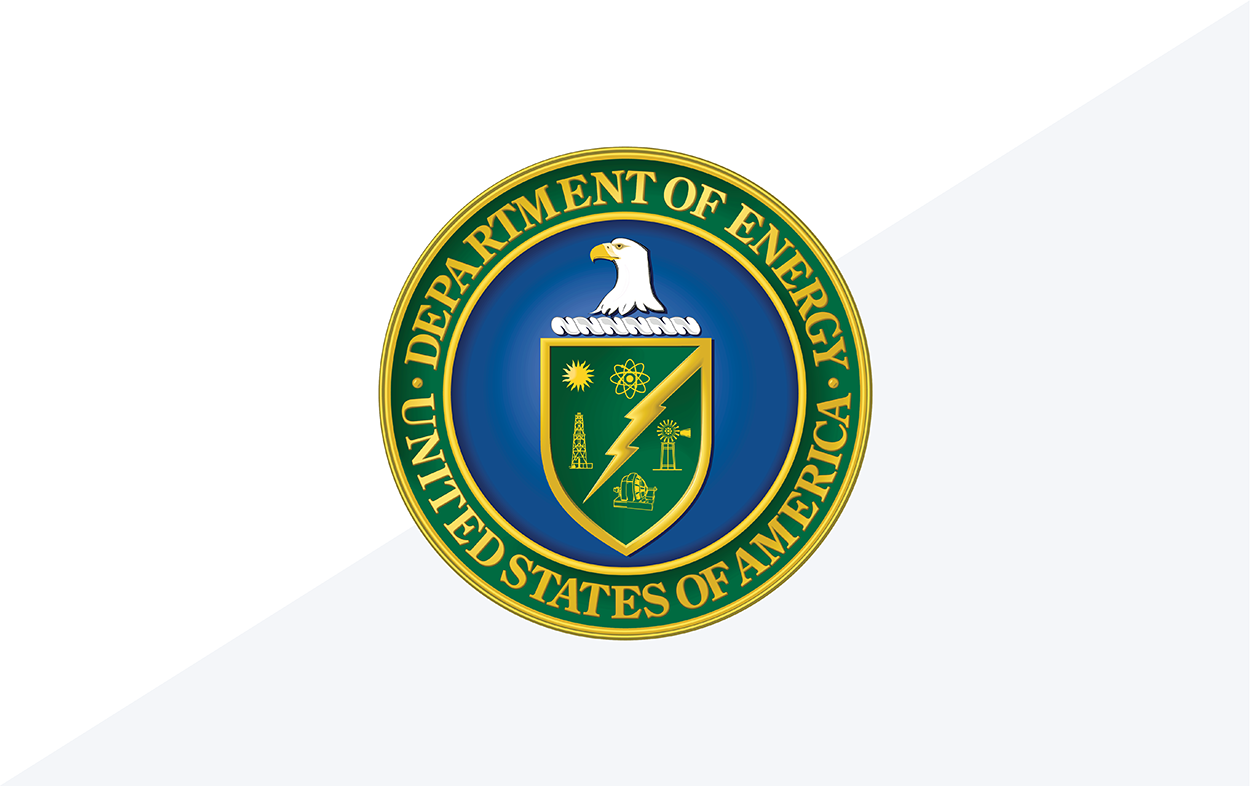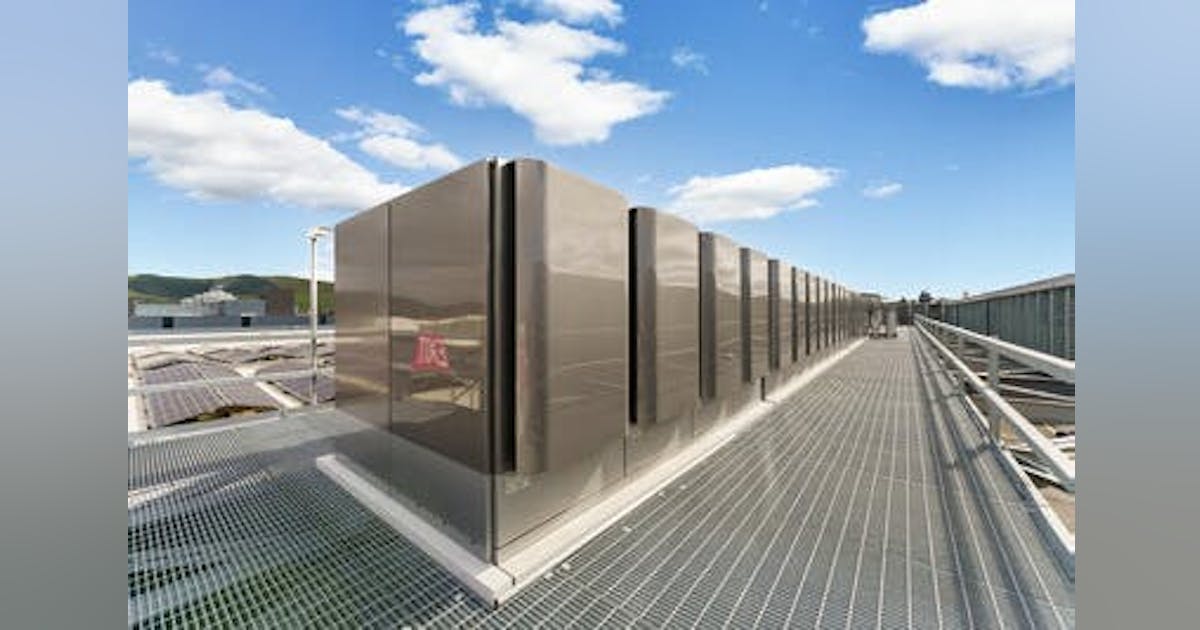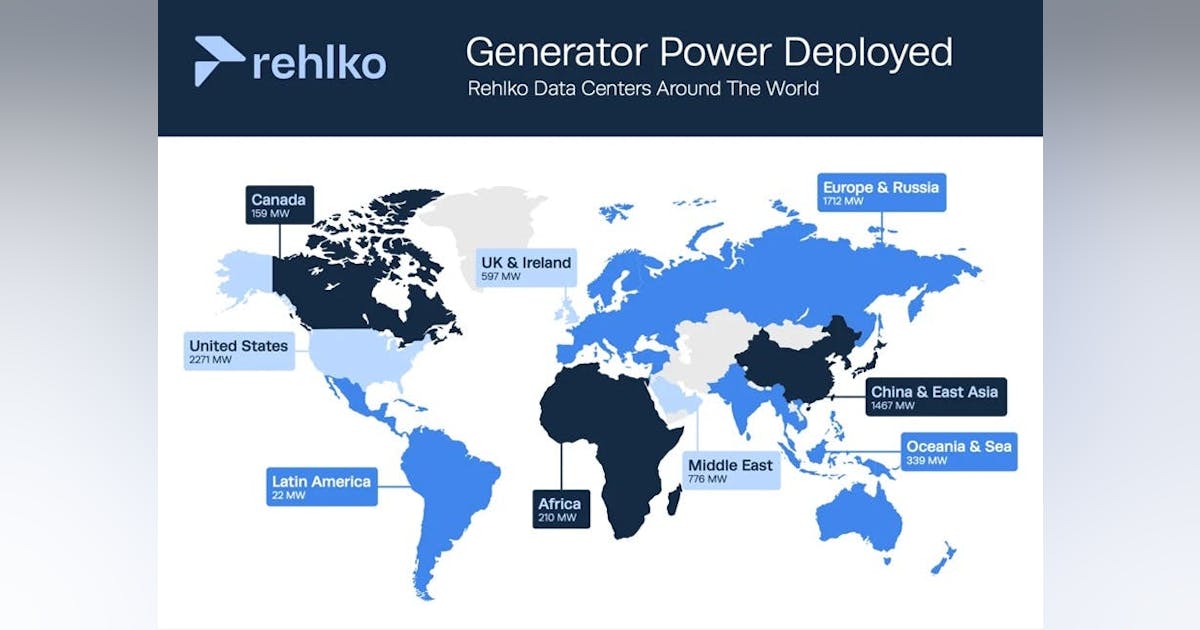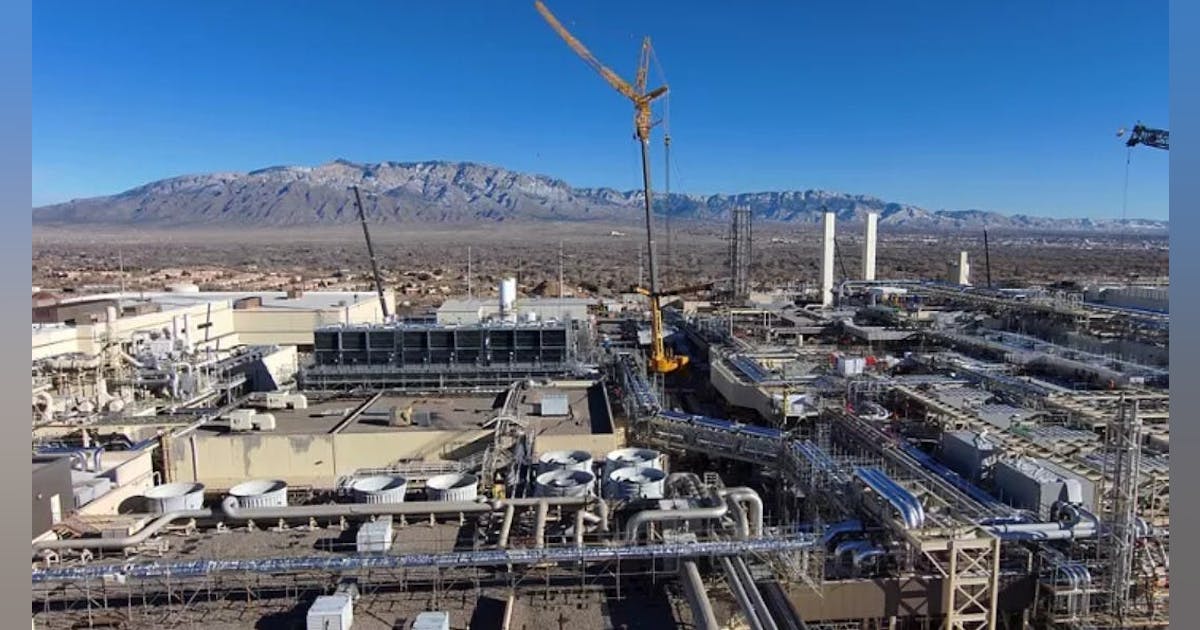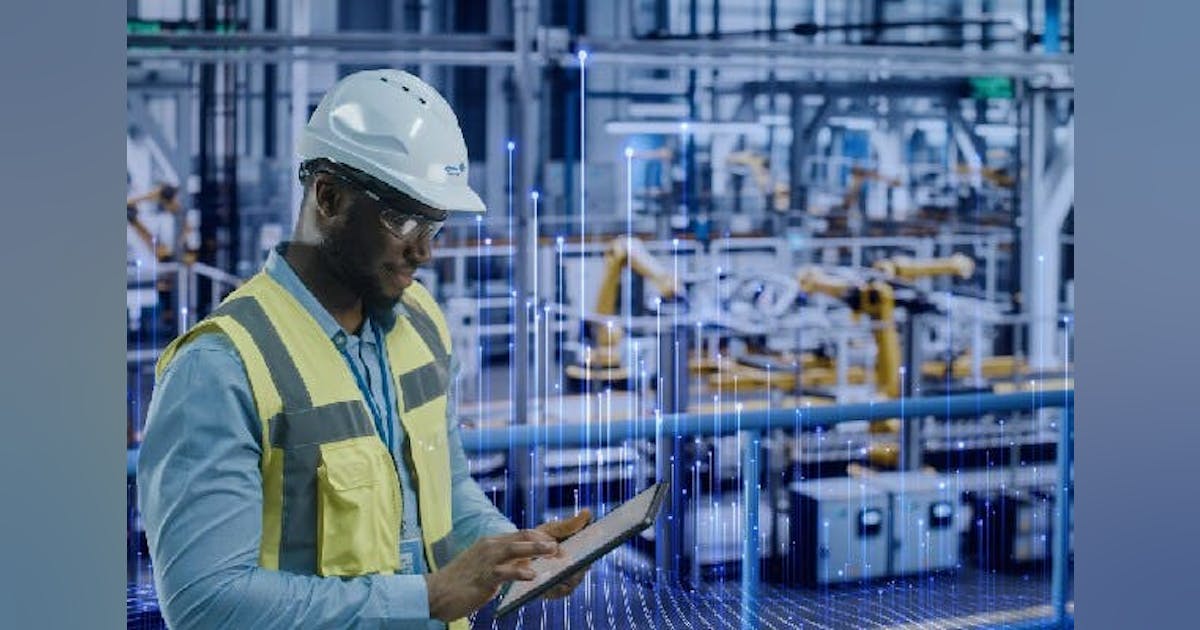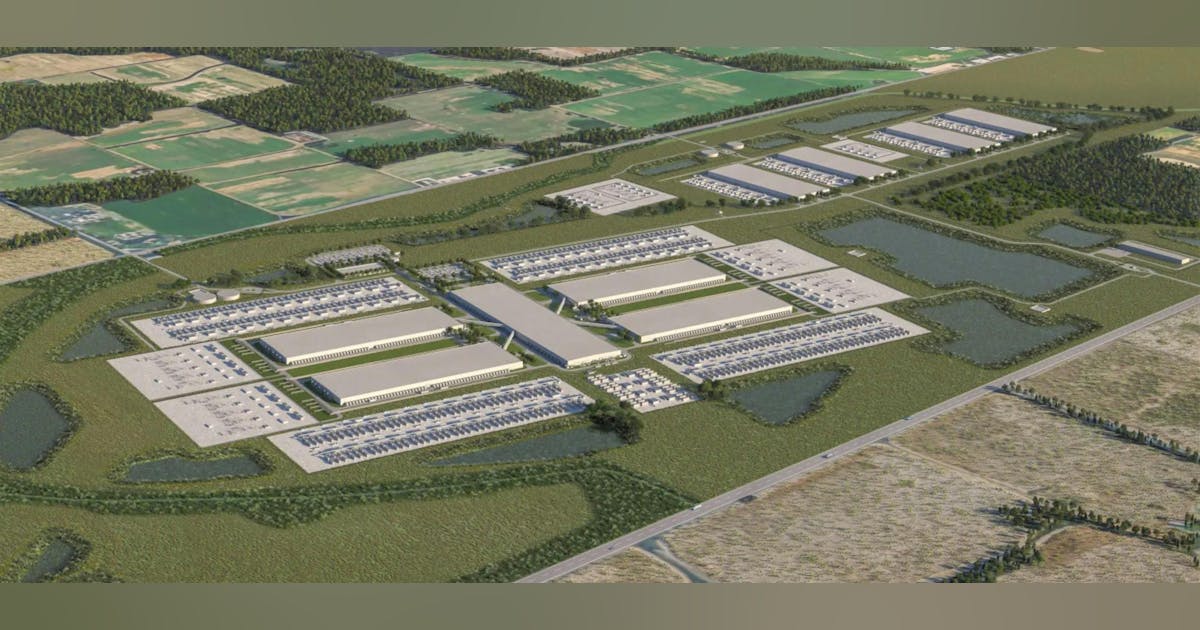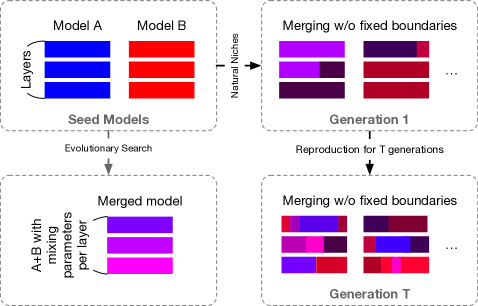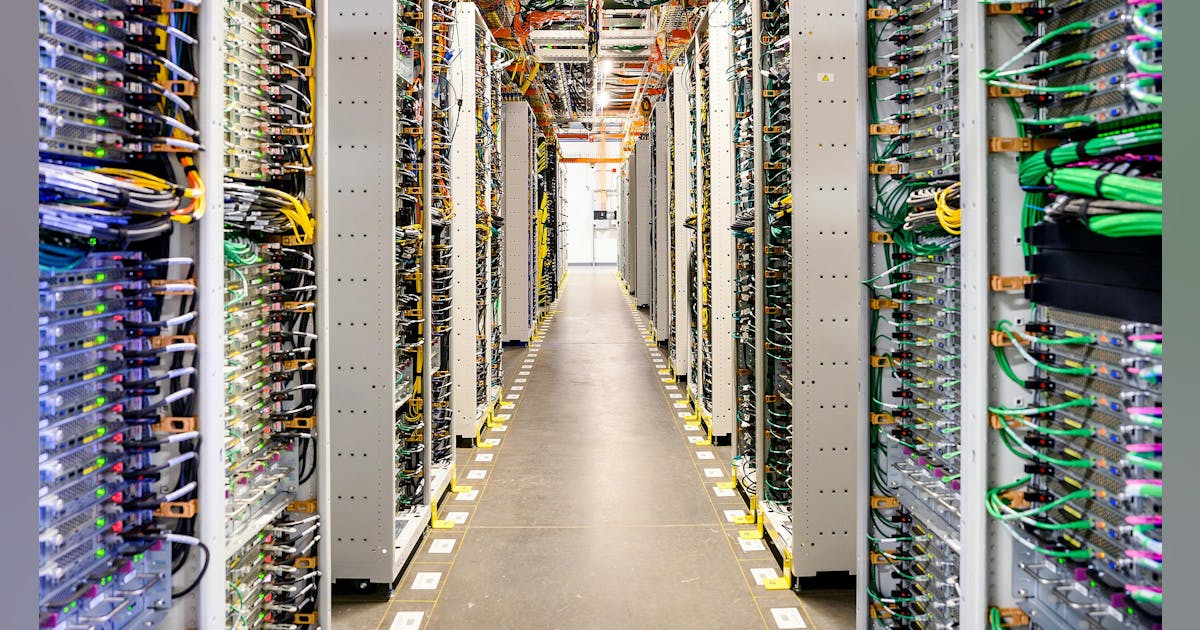
Supersized Infrastructure for the AI Era
As AWS deploys Project Rainier, it is scaling AI compute to unprecedented heights, while also laying down a decisive marker in the escalating arms race for hyperscale dominance. With custom Trainium2 silicon, proprietary interconnects, and vertically integrated data center architecture, Amazon joins a trio of tech giants, alongside Microsoft’s Project Stargate and Google’s TPUv5 clusters, who are rapidly redefining the future of AI infrastructure.
But Rainier represents more than just another high-performance cluster. It arrives in a moment where the size, speed, and ambition of AI infrastructure projects have entered uncharted territory. Consider the past several weeks alone:
-
On June 24, AWS detailed Project Rainier, calling it “a massive, one-of-its-kind machine” and noting that “the sheer size of the project is unlike anything AWS has ever attempted.” The New York Times reports that the primary Rainier campus in Indiana could include up to 30 data center buildings.
-
Just two days later, Fermi America unveiled plans for the HyperGrid AI campus in Amarillo, Texas on a sprawling 5,769-acre site with potential for 11 gigawatts of power and 18 million square feet of AI data center capacity.
-
And on July 1, Oracle projected $30 billion in annual revenue from a single OpenAI cloud deal, tied to the Project Stargate campus in Abilene, Texas.
As Data Center Frontier founder Rich Miller has observed, the dial on data center development has officially been turned to 11. Once an aspirational concept, the gigawatt-scale campus is now materializing—15 months after Miller forecasted its arrival. “It’s hard to imagine data center projects getting any bigger,” he notes. “But there’s probably someone out there wondering if they can adjust the dial so it goes to 12.”
Against this backdrop, Project Rainier represents not just financial investment but architectural intent. Like Microsoft’s Stargate buildout in Iowa or Meta’s AI Research SuperClusters, AWS is redesigning everything, from chips and interconnects to cooling systems and electrical distribution, to optimize for large-scale AI training.
In this new era of AI factories, such vertically integrated campuses are not only engineering feats; they are strategic moats. By exerting control over the full stack, from silicon to software to power grid, AWS aims to offer cost, performance, and sustainability advantages at a time when those factors will increasingly separate winners from followers.
Ultimately, Project Rainier affirms a broader truth: the frontier of AI is no longer defined by algorithms alone, but by the infrastructure that enables them. And in today’s market, that infrastructure is being purpose-built at hyperscale.


